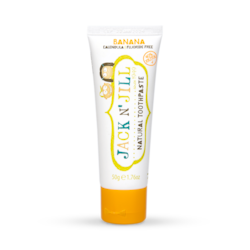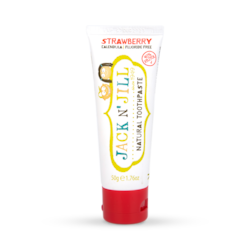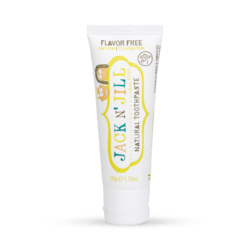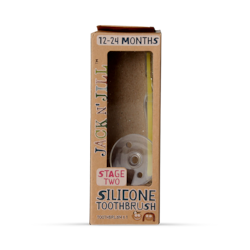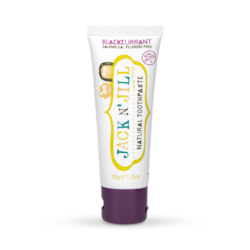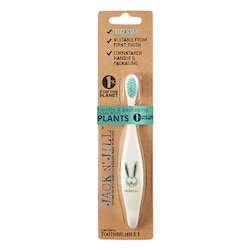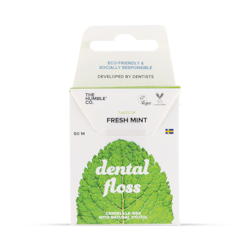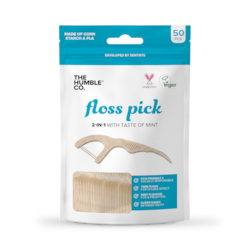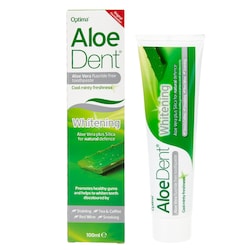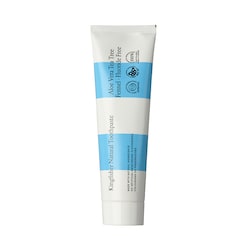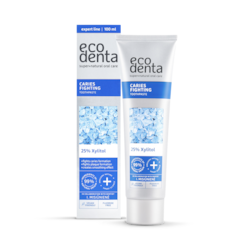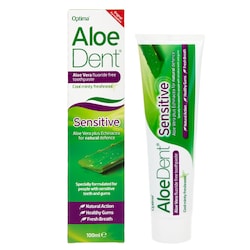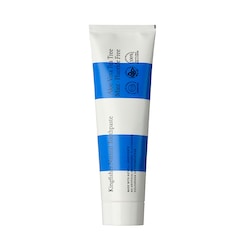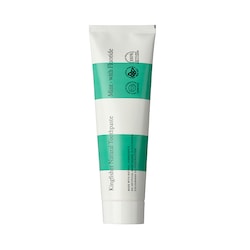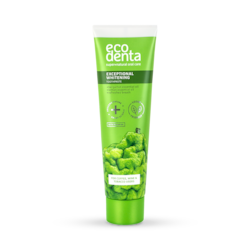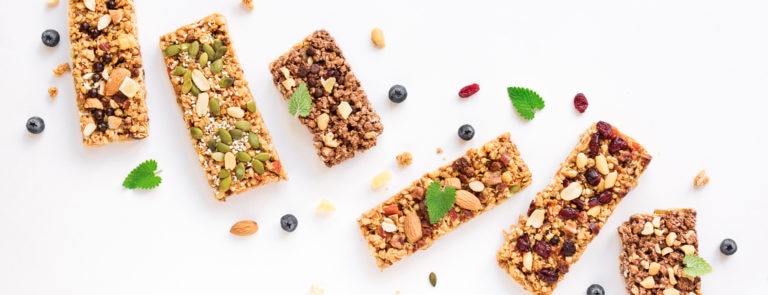15% off £20
Acidic fruits
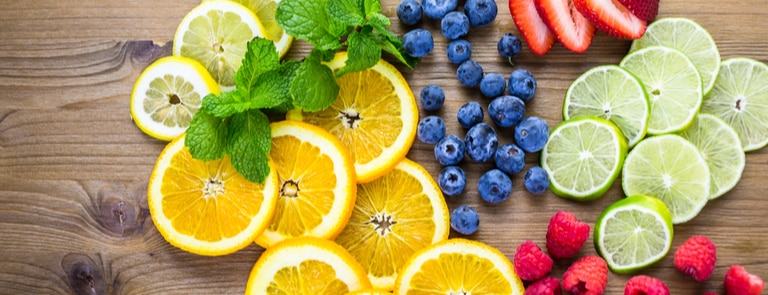
Both acidic fruits and alkaline fruits are delicious and healthy.
However, if you’re experiencing acid reflux, it’s best to stick to low acid fruits to help control your symptoms. This means that some of your favourites may be off the menu, but luckily there are still plenty of non-acidic fruits you can enjoy.
Acid or alkaline?
The pH scale measures how acidic or alkaline something is from 0 to 14. The lower the pH level, the more acidic the food.
A pH level of 0 would be pure battery acid, whereas a pH of 14 includes the highly alkaline chemicals found in caustic soda and drain cleaner.1
Obviously, you wouldn’t put any of these things near your mouth. All types of food, however, also have a pH level.
On the pH scale, 7 is considered neutral. Values higher than 7 are alkaline, and values less than 7 are acidic. Most foods are somewhat acidic, with some foods – especially some fruits – particularly so.
Why should we avoid too many acidic foods?
Eating too many acidic foods can aggravate certain conditions, such as recurring acid reflux (also called gastroesophageal reflux disease or GERD).
With acid reflux, digestive juices including stomach acid make their way up into the oesophagus. This often happens when lying down or sleeping. The stomach acid washing back up into the oesophagus causes heartburn and a sour taste in the mouth.2
Eating too many acidic things can increase the level of stomach acid and make these symptoms worse.
Acidic fruit can also damage the enamel on your teeth. Eating or drinking fruits with a low pH level, such as citrus fruits, temporarily softens the enamel on our teeth and causes it to lose minerals.3
Including such acidic fruits in meals and not eating them alone can minimise the damage to tooth enamel.
Will eating acidic fruits make my body more acidic?
Overall, the human body is naturally slightly alkaline at around 7.4 pH, so you might think that eating acidic foods would alter your body’s pH level.4
Stomach acid is made up of hydrochloric acid, digestive enzymes and other substances and has a (fasting) pH level of around 1.7.5 This helps the stomach break down the foods you eat.
However, it’s a myth that you can alter your overall pH level through diet, as the body is able to maintain its pH level regardless of what we eat.
The only part of the body that eating acidic foods causes to become temporarily more acidic is the stomach itself.
Are bananas acidic?
With a pH of around 5, bananas are considered low-acidic fruits and are unlikely to trigger gastroesophageal symptoms.
Are apples acidic?
With a pH of around 4, apples are mildly acidic and may trigger acid reflux in some people.
Are strawberries acidic?
Strawberries are a more acidic fruit, with a pH of around 3.5.
Are these common fruits high in acid?
If you're wondering which fruits are acidic, look no further.6
-
Lemon
pH: 2.3
Acidic? Yes
Some believe that lemon juice turns alkaline after being metabolised. However, the citric acid still must pass through the stomach to become metabolised, hence why most people find lemon makes acid reflux symptoms worse.
-
Lime
pH: 2.4
Acidic? Yes
It’s hard to imagine Mexican food without a slice of lime. However, limes are similar to lemons when it comes to citric acid content, so if you are avoiding acid for health reasons then it’s best to skip the lime.
-
Grapefruit
pH: 3.4
Acidic? Yes
Have you ever pulled a sour face after biting into grapefruit? It’s no wonder – they’re a citrus fruit and like lemons and limes, contain citric acid.
-
Orange
pH: 4
Acidic? Yes
Oranges are high in vitamin C, also known as ascorbic acid. This creates problems for people prone to acid reflux and heartburn.
-
Tomato
pH: 4.6
Acidic? Yes
Tomatoes are mildly acidic with a pH of 4.6. Tomato paste and concentrate are more acidic than fresh tomatoes.
-
Plum
pH: 3
Acidic? Yes
There are several different varieties of plum, most with a pH level of around 3 making them acidic. Damson plums are the most acidic and yellow plums are the least.
-
Quince
pH: 3.2
Acidic? Yes
A popular ingredient in jams and chutneys, be careful of eating too much concentrated quince if you’re prone to acid reflux.
-
Pomegranate
pH: 3
Acidic? Yes
Unfortunately, this deliciously cooling fruit can cause a burning sensation in the stomach for people who are sensitive to acidic foods.
-
Cranberry
pH: 2.5
Acidic? Yes
The more sugar included with your cranberries, for example cranberry juice or cranberry jam, the more acidic it will be.7
-
Raspberry
pH: 3.6
Acidic? Yes
-
Strawberry
pH: 3.4
Acidic? Yes
Most berries are acidic. Some people find they can tolerate berries better than others, so try eating a few as part of a meal and see if you experience gastric symptoms.
-
Kiwi
pH: 3.5
Acidic? Yes
This tangy favourite is another fruit you should eat with caution if you’re following a low-acid diet.
-
Nectarine
pH: 4
Acidic? Yes
With a similar pH to oranges, nectarines are slightly acidic fruits.
-
Pear
pH: 4
Acidic? Yes
Surprising for their mild flavour, pears are considered an acidic fruit with a pH of 4.
-
Rhubarb
pH: 3.2
Acidic? Yes
The rhubarb is strictly a vegetable, although its acid content and tart flavour means it’s usually cooked with lots of sugar.
-
Pineapple
pH: 3.6
Acidic? Yes
Probably not a surprise due to its sharp flavour, pineapple falls into the category of acidic fruit.
For more ways to manage acid reflux, check out this article: What is acid reflux?
What fruit is low in acid?
Low-acid and alkaline fruits include:
-
Watermelon
pH: 5.4
Acidic? No
With a mild pH, watermelon is unlikely to trigger acid reflux symptoms.
-
Honeydew melon
pH: 6.3
Acidic? No
Melons are considered safe fruits for acid reflux.
-
Mango
pH: 5.9
Acidic? No
More sweet than sour, mangos are recommended for people experiencing acid reflux.
-
Papaya
pH: 5.6
Acidic? No
Papaya contains enzymes tough enough to help break down meat, but it’s low enough in acidity to be well-tolerated by most people.
-
Coconut
pH: 6.6
Acidic? No
One of the least acidic fruits.
-
Banana
pH: 5
Acidic? No
Despite being mildly acidic like most foods, bananas are considered a safe bet if you have acid reflux.
-
Jackfruit
pH: 5.6
Acidic? No
Sometimes used as a meat substitute, jackfruit is also low in acidity.
Last updated: 2 June 2021
- https://www.pmel.noaa.gov/co2/file/The+pH+scale+with+some+common+examples
- https://www.aboutgerd.org/diet-lifestyle-changes/diet-changes-for-gerd.html
- https://www.dentalhealth.org/blog/what-foods-and-drinks-contain-acid-and-why-it-spells-trouble-for-our-oral-health
- https://www.ncbi.nlm.nih.gov/books/NBK507807/
- https://pubmed.ncbi.nlm.nih.gov/2395805/
- https://pickyourown.org/ph_of_fruits_and_vegetables_list.html
- https://healthyeating.sfgate.com/cranberry-juice-acidic-alkaline-11731.html


